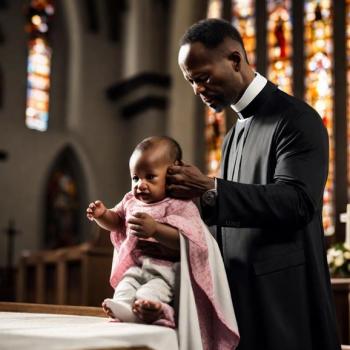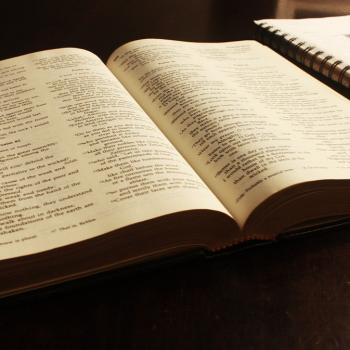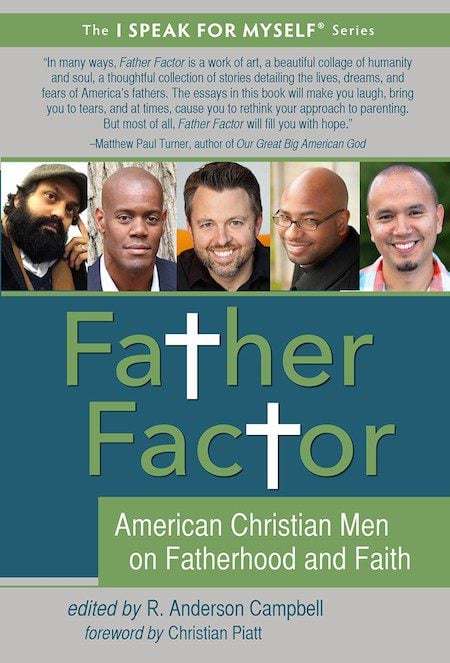 Confession has gotten a bad rap. In our strengths-driven, success-oriented, put-on-a-good-face, USAmerican culture, we don’t like to deal with our shortcomings, our failings, our sins. We deny, we equivocate, we rationalize, anything we can think of to avoid having to deal with the ways we’ve failed to love God, to love others, and love ourselves. We sweep those things far under the rug, out of sight, out of mind, where they fester and gnaw at our insides.
Confession has gotten a bad rap. In our strengths-driven, success-oriented, put-on-a-good-face, USAmerican culture, we don’t like to deal with our shortcomings, our failings, our sins. We deny, we equivocate, we rationalize, anything we can think of to avoid having to deal with the ways we’ve failed to love God, to love others, and love ourselves. We sweep those things far under the rug, out of sight, out of mind, where they fester and gnaw at our insides.
In confession, we are asked to confront head on all those things that we suppress so well. We are afraid that confession will somehow make us into Hester Prynne, that we will have to don our own scarlet letter. But that’s not at all what happens.
Confession doesn’t brand us with our sins, it releases us from them. Confession exposes the dark things in our lives to the Light. There can be no darkness where there is light. Confession destroys our sin. It heals us.
James writes about confession in the context of prayer and healing. When we confess our sins we experience a deep healing. Lots of people came to Jesus to have their physical maladies healed. Often, Jesus forgave their sins and healed them. In doing so, Jesus showed us that we stand in need of holistic healing. Our broken relationships need restoration and reconciliation in the same way that our ailing bodies need rejuvenation and repair. When communities confess their sins together, they experience a new kind of wholeness.
Confession can happen on both individual and community levels. The non-liturgical congregational church tradition I grew up in left the practice of confession to the individual to figure out. I never remember any sort of community confession. When individual confession occurred, it was usually through some awkward silent prayer, laden with shame and guilt, leaving the penitent feeling worse than he or she did before.
Instead of leaving people to suffer under unnecessary shame and guilt, we have the opportunity to invite them to experience grace, forgiveness, and healing. One of the things that makes community confession so powerful is the assurance of forgiveness given by the celebrant. Confession is not just admitting to sin, it is being reminded that our sins are already forgiven. What might it look like for you to introduce a ritual of confession to your community?
At Theophilus Church in Portland, Oregon where I served as Deacon of Liturgy, I wrote a prayer service for Pentecost that I have adapted here for use as a ritual of congregational confession.
Feel free to use this or let it serve as an inspiration for how your community might find restoration and reconciliation through confession.
A Ritual for Congregational Confession
Overview: Participants write down individual prayers of confession on slips of paper, take those papers to a brazier burning with coal and incense, and see the confessions transformed into smoke. The celebrant (pastor, worship leader, etc.) pronounces absolution.
Supplies needed: Squares of paper, writing utensils, frankincense or some other incense, coal, a brazier or other vessel for holding hot coal and incense.
Before the service begins, light the coal in the brazier. By the time of service, it should be white with ash. Due to your space configuration, you may elect to place the brazier outside.
Squares of paper and writing utensils are distributed or made available to all participants.
The celebrant explains the ritual:
One of the things scripture tells us to do is to confess our sins. Owning up to the times that we miss the mark can be make us feel uncomfortable. But confession gives us the opportunity to be reminded of God’s grace and forgiveness.
None of us are perfect. However, confession doesn’t create more darkness in us. It exposes that which is dark in us to the Light. Where there is Light, there can be no darkness.
You may have noticed that we have some hot coals and incense burning. Incense is used throughout the scriptures as a symbol of prayer. It is meant to remind us of the way our prayers rise to God and how they are received: as a pleasing aroma. Even your prayer of confession is pleasing to God. By inviting God’s Light into our darkness, we are reconciled and renewed to God once again. Fear and shame are cast out by Love.
You have in your hand a piece of paper and a pencil. We’re going to take a few minutes to write down things on that paper for which we need forgiveness, things we need to confess. After you’re done writing on the piece of paper, I invite you to take it to the fire and place it in. As it burns, the smoke from your confession will mingle with the smoke from the incense and they will rise together.
Take your time, ask the Spirit to search you and show you what to write. Then, come down and give your confession to God.
The people write their confessions and put them in the fire.
After each person puts his or her paper in the fire OR after everyone has participated, the celebrant offers absolution:
Friend, God forgives you.
God loves you.
God give you strength.
God give you peace.
Walk in the Light. Amen.
Optional: Celebrant leads the community in a unison prayer of forgiveness and then offers assurance absolution:
Celebrant and community:
God of all mercy, grace, and peace,
we assemble before you to confess that we have sinned,
by action and word, we have sinned,
by omission and silence, we have sinned.
We have not loved you, our Lord and God, with all our hearts,
we have not loved our neighbors as ourselves.
For all these things and more, we are sorry and we repent.
We humbly ask for your mercy, your grace, your peace, and your forgiveness.
Show us how to walk in the Light of your ways. Amen.
Celebrant:
God is a good and loving God.
His mercy and forgiveness knows no end.
Rest in the assurance that this same God loves you and has forgiven you.
Seek God’s kingdom in all that you do.
Go in peace.















